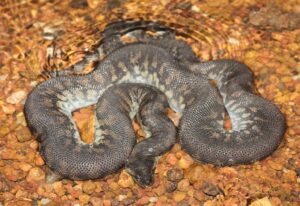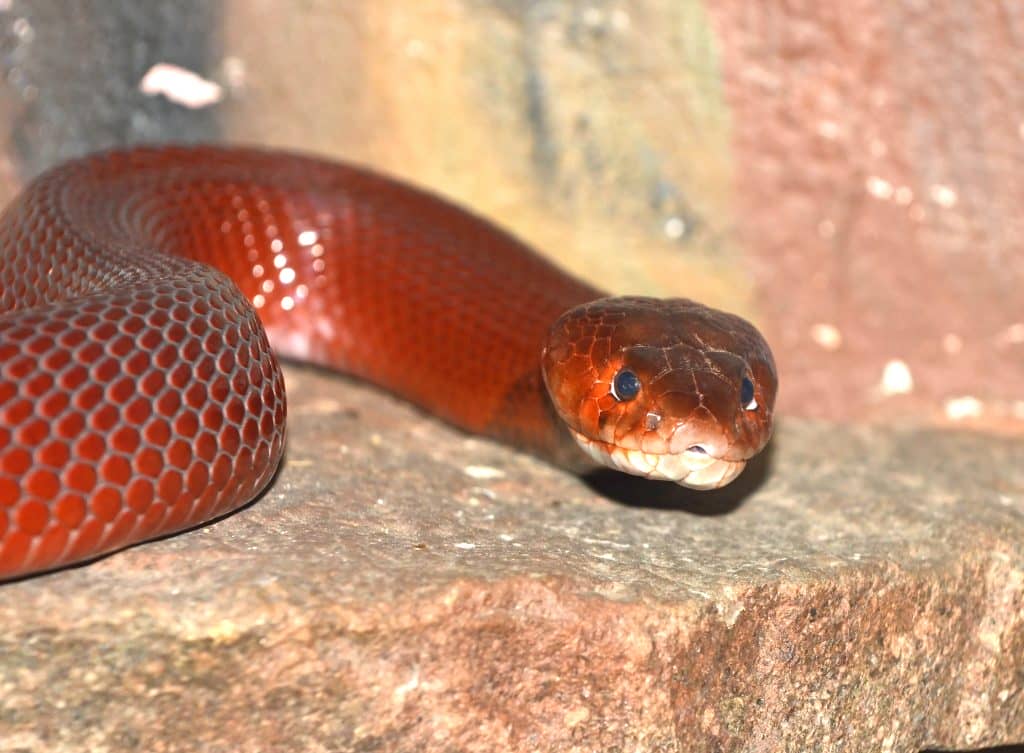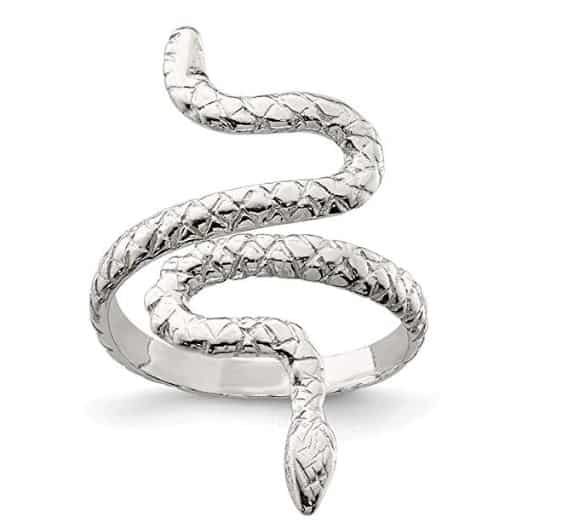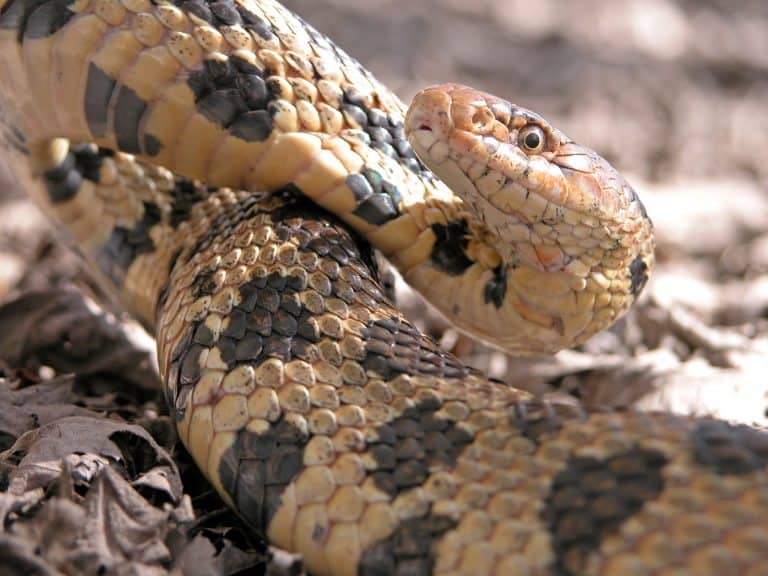Ever heard of a snake that looks and feels like an elephant’s trunk? Meet the Elephant Trunk Snake, a fascinating creature that thrives in the murky freshwater habitats of Southeast Asia. With its baggy, wrinkled skin and fully aquatic lifestyle, it’s one of nature’s strangest serpents.
What makes this snake unique?
Unlike most snakes that slither on land, the Elephant Trunk Snake spends nearly its entire life underwater. Its saggy skin isn’t just for show—it actually plays a big role in catching slippery fish.
A quick snapshot of its lifestyle
Think of it as the couch potato of the reptile world—it rarely moves fast, preferring to wait patiently for the perfect meal to swim by.
Scientific Classification
Taxonomy overview
-
Kingdom: Animalia
-
Phylum: Chordata
-
Class: Reptilia
-
Order: Squamata
-
Family: Acrochordidae
-
Genus: Acrochordus
-
Species: Acrochordus javanicus
-

Discover the unique Elephant Trunk Snake, its habitat, diet, behavior, and why it’s called the “elephant trunk” of the reptile world.
Other common names
Aside from “Elephant Trunk Snake,” it’s also called the Javan file snake or simply the file snake, thanks to its rough, file-like skin texture.
Physical Description
Size and body shape
These snakes can grow over 8 feet (2.5 meters) long, though most are around 5 feet (1.5 meters). They have thick, muscular bodies perfect for ambushing fish.
Distinctive skin texture
Their most striking feature is the loose, baggy, grainy skin that gives them an elephant-like appearance.
Why is it called “Elephant Trunk”?
The combination of folds and wrinkles on their skin closely resembles an elephant’s trunk, making the name pretty fitting.
Habitat and Distribution
Where do they live?
Elephant Trunk Snakes are found throughout Southeast Asia, including Thailand, Indonesia, Malaysia, and parts of New Guinea.
Preferred water bodies
They love slow-moving or stagnant freshwater—rivers, swamps, and ponds are their favorite haunts.
Diet and Hunting Behavior
What do Elephant Trunk Snakes eat?
Their main diet consists of fish and amphibians. They have a special fondness for catfish.
How do they catch their prey?
Instead of chasing, they rely on stealth. When a fish swims by, they strike, wrapping their loose skin around it to get a secure grip. It’s like using a rough net that fish can’t slip out of.
Behavior and Lifestyle
Are they nocturnal or diurnal?
Mostly nocturnal, meaning they hunt at night when fish are less alert.
How much time do they spend underwater?
They’re almost entirely aquatic, only surfacing briefly to breathe.

Reproduction and Lifespan
Mating habits
These snakes are ovoviviparous, meaning eggs hatch inside the mother, and she gives birth to live young.
How long do they live?
In the wild, they can live over 10 years, sometimes longer in captivity.
Interaction with Humans
Are Elephant Trunk Snakes dangerous?
Not at all. They’re non-venomous and rarely bite humans. Mostly, they just want to be left alone.
Kept as exotic pets
Some reptile enthusiasts keep them, but they’re difficult to care for, needing large aquatic tanks and very clean water.
Conservation Status
Threats in the wild
Habitat destruction and pollution pose the biggest risks. They’re also sometimes caught for the exotic pet trade.
Current IUCN status
They’re not currently listed as endangered, but local populations could be at risk due to environmental changes.
Fun Facts About Elephant Trunk Snakes
-
Their skin is so loose it can be pulled almost an inch away from the body.
-
They can stay underwater for up to 40 minutes without surfacing.
-
Despite being awkward on land, they’re incredibly agile swimmers.
Comparison With Other Aquatic Snakes
Elephant Trunk Snake vs. File Snake
Actually, they are file snakes—a common term for members of the Acrochordidae family. The Elephant Trunk Snake is simply the largest and best-known.
How they differ from sea snakes
Sea snakes are venomous and spend time in the ocean, while Elephant Trunk Snakes live strictly in freshwater and brackish environments and lack venom.
Tips for Observing in the Wild
If you’re ever in Southeast Asia and wading through rivers or swamps, keep your eyes peeled. Look for slow-moving shapes on the muddy bottom—that’s often an Elephant Trunk Snake waiting for dinner.
Myths and Local Legends
In some local folklore, these snakes are believed to be guardians of the river, and harming one could bring bad luck.
Conclusion
The Elephant Trunk Snake is truly one of nature’s oddballs. With its bizarre appearance, underwater lifestyle, and gentle demeanor, it’s a reminder of just how wonderfully weird wildlife can be. Whether you’re a reptile lover or just curious, this snake is worth learning about.
FAQs
Do Elephant Trunk Snakes bite humans?
They can, but it’s very rare and they’re not venomous. They’d rather flee than fight.
Can they live outside water?
Nope! They’re almost entirely aquatic and look clumsy on land.
How big can they get?
Some reach over 8 feet (2.5 meters) long, though 5 feet is more typical.
Are they protected by law?
Not globally, but some countries regulate their capture for the pet trade.
Do they make good pets?
Not really. They’re tough to keep healthy due to their strict aq



